Apr 22, 2021
Share As A Gift
Share a paywall-free link to this article.
This feature is only available for subscribers.
Start your subscription for as low as $4.95. Already a subscriber?
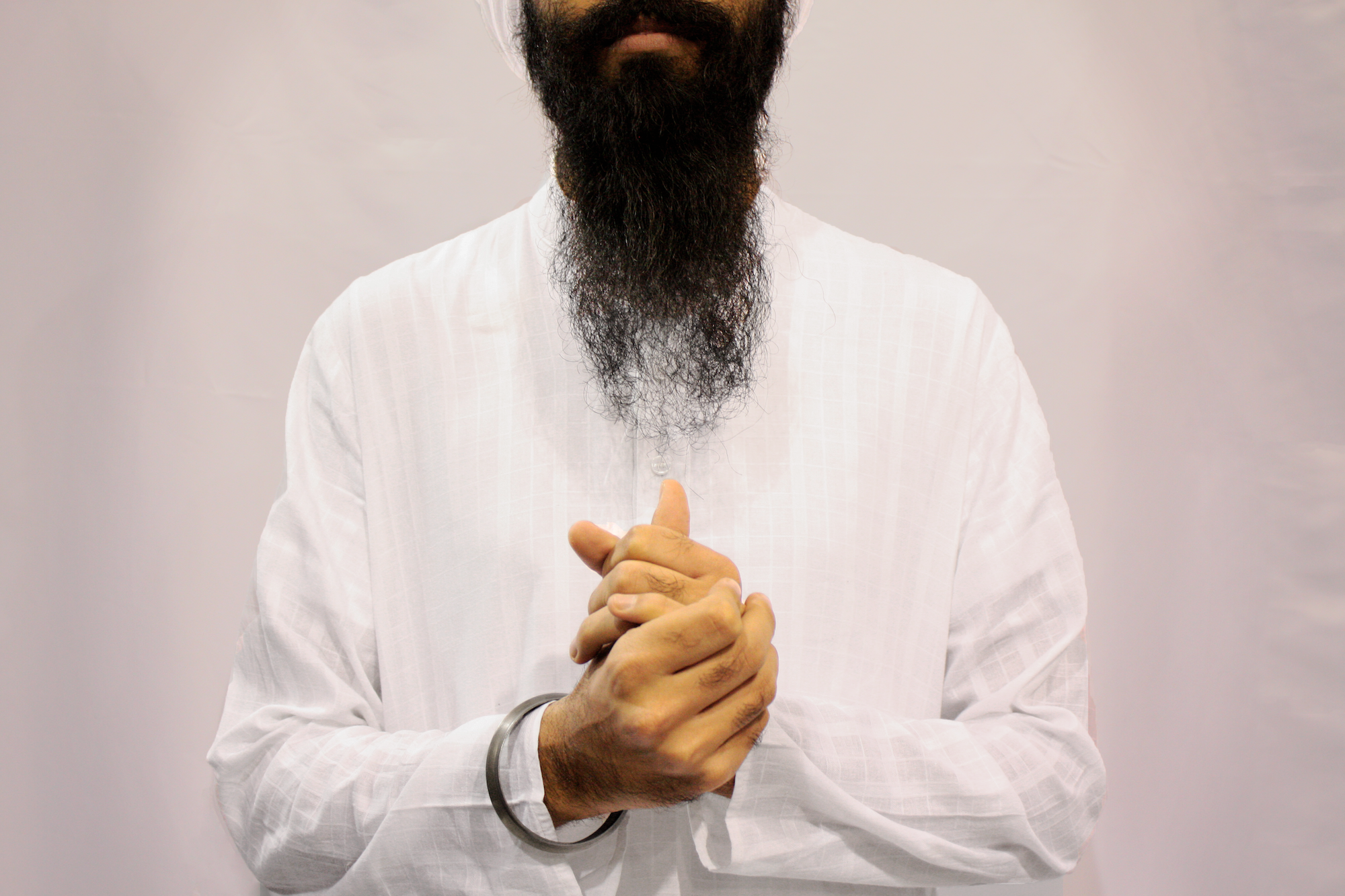
Balmeet Singh. Photo by Simrin Singh.
I was 3 years old when 9/11 happened. Growing up in a post-9/11 world, it was difficult to dismiss the hard stares and looks of disapproval I noticed as I walked alongside my dad, who wears a turban and maintains a long beard as part of the Sikh faith. People, even my peers, have thrown questions at me all my life regarding our identity.
“What’s that thing on your dad’s head?” “Isn’t it gross to never cut your hair?”
This is a reality for so many Sikhs throughout the United States today. Due to a lack of widespread education about the religion and articles of our faith, Sikhs are frequently mistaken for Muslims, and, sadly, are discriminated against out of ignorance of both faiths.
Over the years, I’ve had to explain who I am and who Sikhs are to people unfamiliar with the faith. Whether it’s telling a stranger why I have long, uncut hair, or working with Sikh organizations to advocate for the inclusion of Sikhism in social studies curricula, I feel a duty to represent my community and clear up other people’s confusion. As a Sikh, I fight for equality and social justice. Our faith teaches us to avoid discriminating based on caste, sex, race, or religion. We're taught not to convert others. As Sikhs, we respect other religions and alternative spiritual paths; we do not convert others. These values inform every decision I make. I especially love the community service, seva, aspect of Sikhism.
As part of the Sikh religion, followers wear the "Five Kakaars." The Five K's are five tools and symbols that the 10th Guru, Guru Gobind Singh Ji, gifted the Sikhs. The items include kesh (uncut hair), kanga (a small wooden comb), kara (a steel bracelet), kachera (cotton undershorts), and kirpan (a steel sword). Each of these items served as physical identifiers and were given for logical reasons. For example, one reason Sikhs keep a kanga with them is to keep their uncut hair tidy. The Gurus often emphasized the importance of hygiene and caring for the physical body because it is the vehicle we have been provided with to reach enlightenment. The kara was given to remove class disparity. Gold and silver jewelry were a sign of wealth that only few could attain, so the Guru gave Sikhs steel bracelets that anyone could afford and would not discolor over time. And the kachera was given to make it easier for Sikh warriors to ride horses. These are just some of the explanations behind the articles — there are several reasons each was instituted. These items are also physical reminders of the Gurus and God.
Much of the discrimination I’ve experienced comes from ignorance; this lack of understanding of different faiths stems from a lack of representation of diverse communities, like mine, in mainstream media.
At Darbar-E-Khalsa, a large celebration of Guru Gobind Singh Ji in Southern California, I invited members of the community to tell me about their struggles and triumphs as Sikh Americans. These are their faces and stories.
“I was born in Amritsar, India, in 1947 and came to America in 1971. I came to the U.S. because I loved the Constitution of the United States, which is very similar to [Sikh values]. And that is that there is no caste system. Our first Guru, Guru Nanak Dev Ji, who was born in 1469, brought the message ‘Manas ki jaat sab ek hai pechanbo.’ That means that all humanity belongs to one caste. Our first Guru brought a beautiful message to this world that we are all the same.”
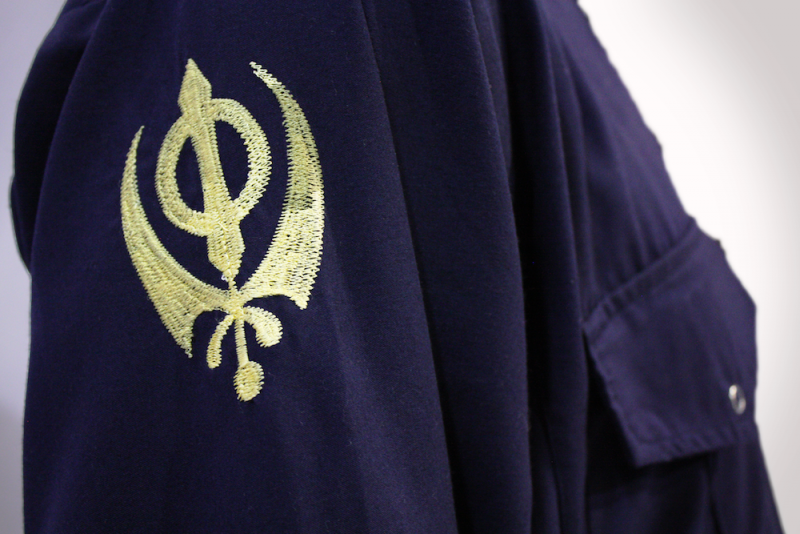
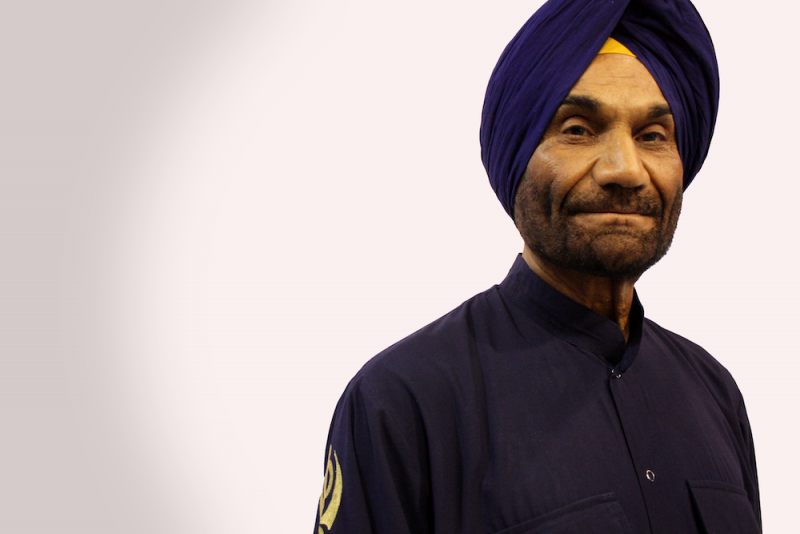
“I was fortunate enough to be brought up in a very diverse community. I went to the same elementary and high school that a lot of my Sikh family and friends graduated from. Even then, there were many times people have said, ‘Go back to your country,’ or have called me ‘Osama.’ Through elementary school and part of high school, I would always just ignore it, brush it off and not let it affect me. It wasn’t until a little later when I heard someone say, ‘Ignorance breeds fear. We fear those things we don’t understand,’ that I started to have with conversations with the people who were throwing out racist remarks to try and educate them about who Sikhs are and what we believe in.”
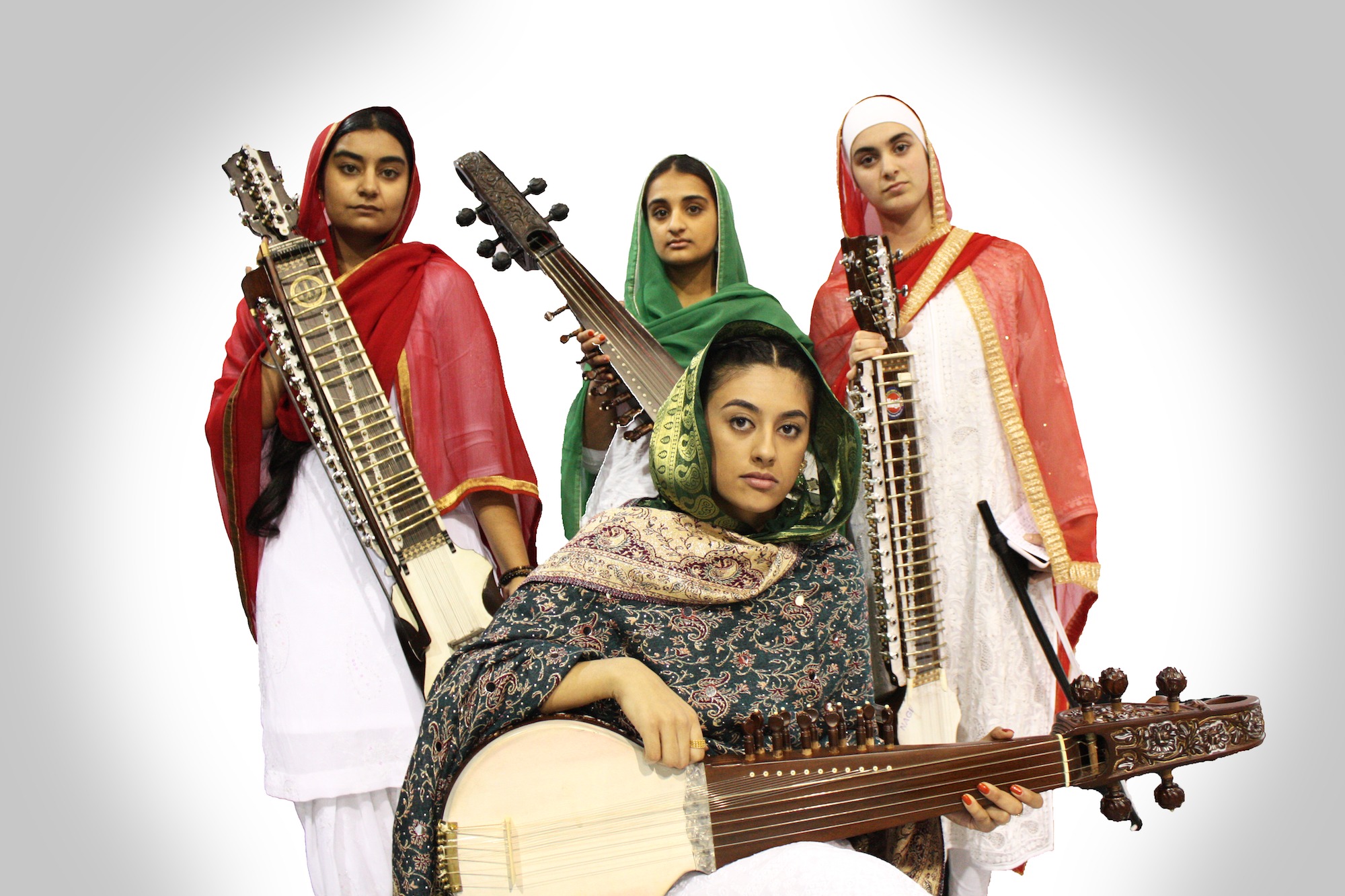
“Kirtan (hymn-choir) has been deeply rooted in our being. When we pick up our instruments, close our eyes, and play, we feel as though we have escaped to another world, away from any hardships we may be facing.
Through any personal struggles, kirtan has been our preferred way to cope.
Kirtan has been essential to our wellness, and playing the instruments that have been given to us by the Gurus provides us with a creative outlet, and an opportunity to heal ourselves.”
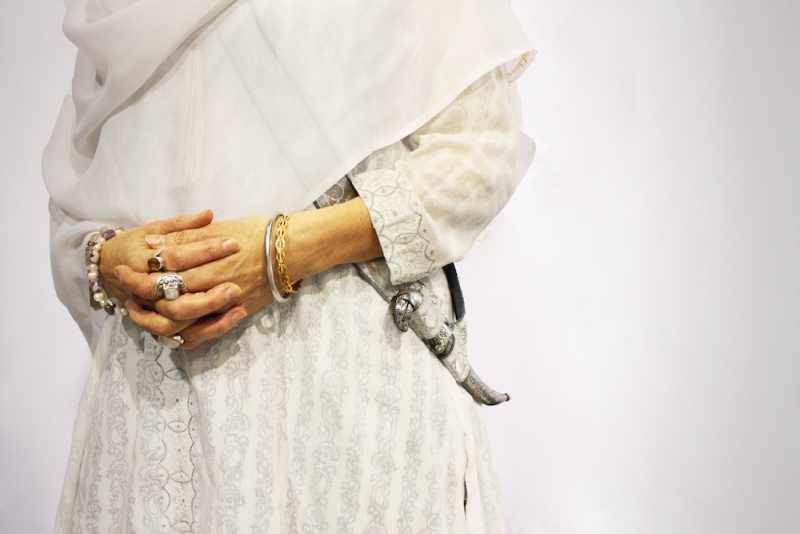
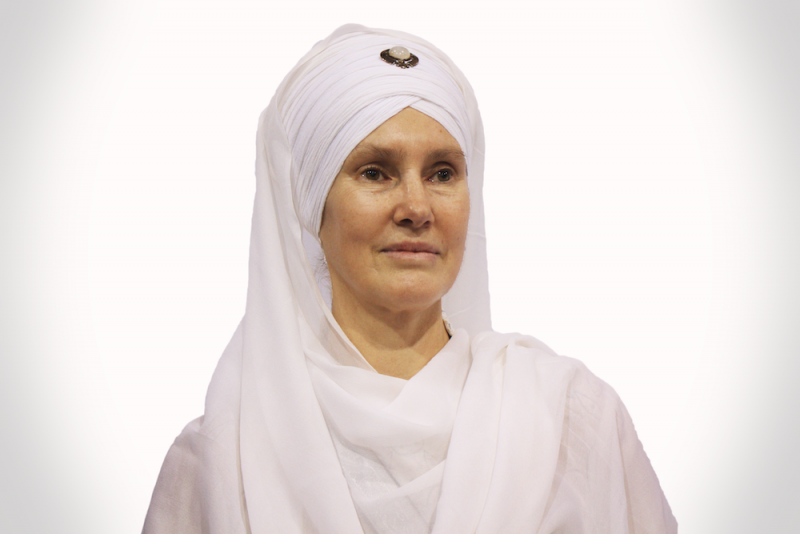
“When I decided, or rather when the Guru decided, that it was time for me to follow the path [of Sikhism], it was rather easy because I was surrounded by people that were Sikhs. Even if people looked at me, I sort of didn’t pay attention. It was like this just became a part of me and I wasn’t even conscious of it.
Honestly, it’s never been a problem for me. I go hiking with my turban. I always have my turban on. I kind of feel naked when I don’t have the turban on.”
“Growing up in a city like Huntington Beach, Calif., there was never much diversity that was widely acknowledged throughout my schooling. What made me happy and encouraged was that from a young age, I was asked so much about my religion and how it works and why I do certain things like keep my hair. Growing up, I didn't experience high amounts of hate being thrown at me, but when I did, I learned that it’s not worth my time, and as long as no physical harm is being done, then I shouldn't worry about it. In my humble opinion, I believe that every young Sikh should learn how to do this. They should ask themselves ‘Is it worth it?’ or ‘Why should I let them affect me?’ As tough as this may be, our Gurus told us to be strong and if we don't listen to that and embrace that, then ultimately we will have failed ourselves.”
“When I got out of the Army, I didn’t really have much luck with working with people because being immediately discharged, it’s hard to transition back into normal life. So I went to gurdwara (Sikh place of worship) and they were really accepting, and they’re actually very proud to say they have one of their sangat (community) members as a veteran now.
Outside gurdwara, it is kind of awkward. I’m the only Amritdhari Sikh in the VA system now. ... I get a lot of weird looks from people. I get other veterans that come to me and say, ‘Wow that’s cool.’ So I get both reactions, but mostly I found Americans and white people at large — they’re very awkward with my turban because they think I’m Muslim and they’re still Islamophobic. I just tried to educate them and say, look, Muslims aren’t our enemies, for starters. And secondly, I’m not Muslim. Don’t call me something I’m not.
It’s an uphill battle.
“As a Sikh American, I have faced struggles in school and on the golf course from people being ignorant because they do not understand my Sikh identity. They might question my turban and facial hair, but I don’t really let it bother me too much because I am proud and confident of being a Sikh. To me, being a Sikh means pushing through those struggles and being an advocate and a voice for others. I am proud of being Sikh because our people have stood up for what is right and we are resilient.”
“As a child, religion was just a word I memorized for vocabulary tests. My parents and I spent Sundays watching movies, walking dogs, or spending time with neighbors. ‘God is real’ was the only religious teaching I received growing up. Since my parents worked late nights, I was often left alone with a television to keep me company. One night, my eyes were glued to the screen as I watched a man with a long beard and a white turban preach. He made God seem like this amazing entity that does good for all beings. I was so attracted to his melodious teachings that I yearned for more.
Despite my family’s astonished looks when I asked to join Sunday school, they agreed to send me.
As I frequented gurdwara, I found passion for kirtan, and it became an outlet for me to release my emotions. I began teaching it, but I still yearned for more until one day, I walked into kirtan class and heard the most melodious tune.
It was the dilruba.
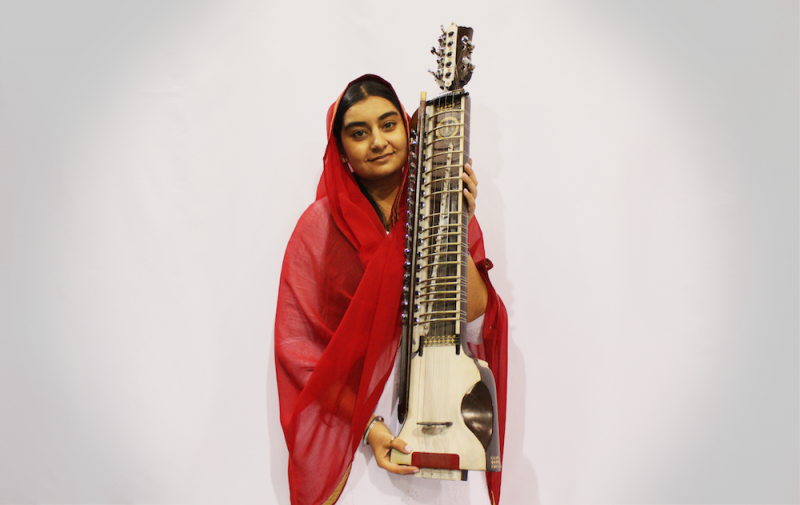
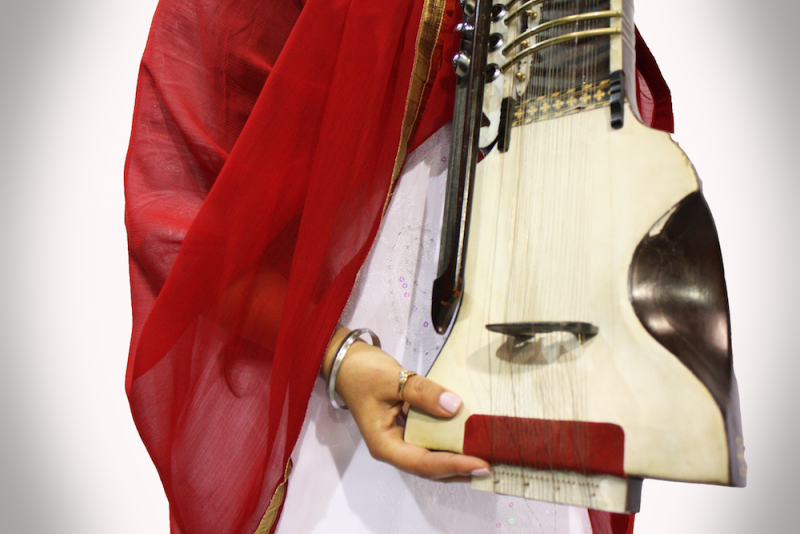
I touched the strings and felt the electricity of playing this instrument course through my body, numbing all senses but the ones in my fingers. As I held the dilruba in my hands and felt its weight against my shoulder, I found what I was missing in my connection to kirtan — our saaj (musical instrument).
Sikhi has allowed me to stay constant in a changing world. It is not easy to preserve, but ultimately, it’s worthwhile. Sikhi is my solace in a world full of disturbances. Sikhi will always be my reality in a world full of falseness.
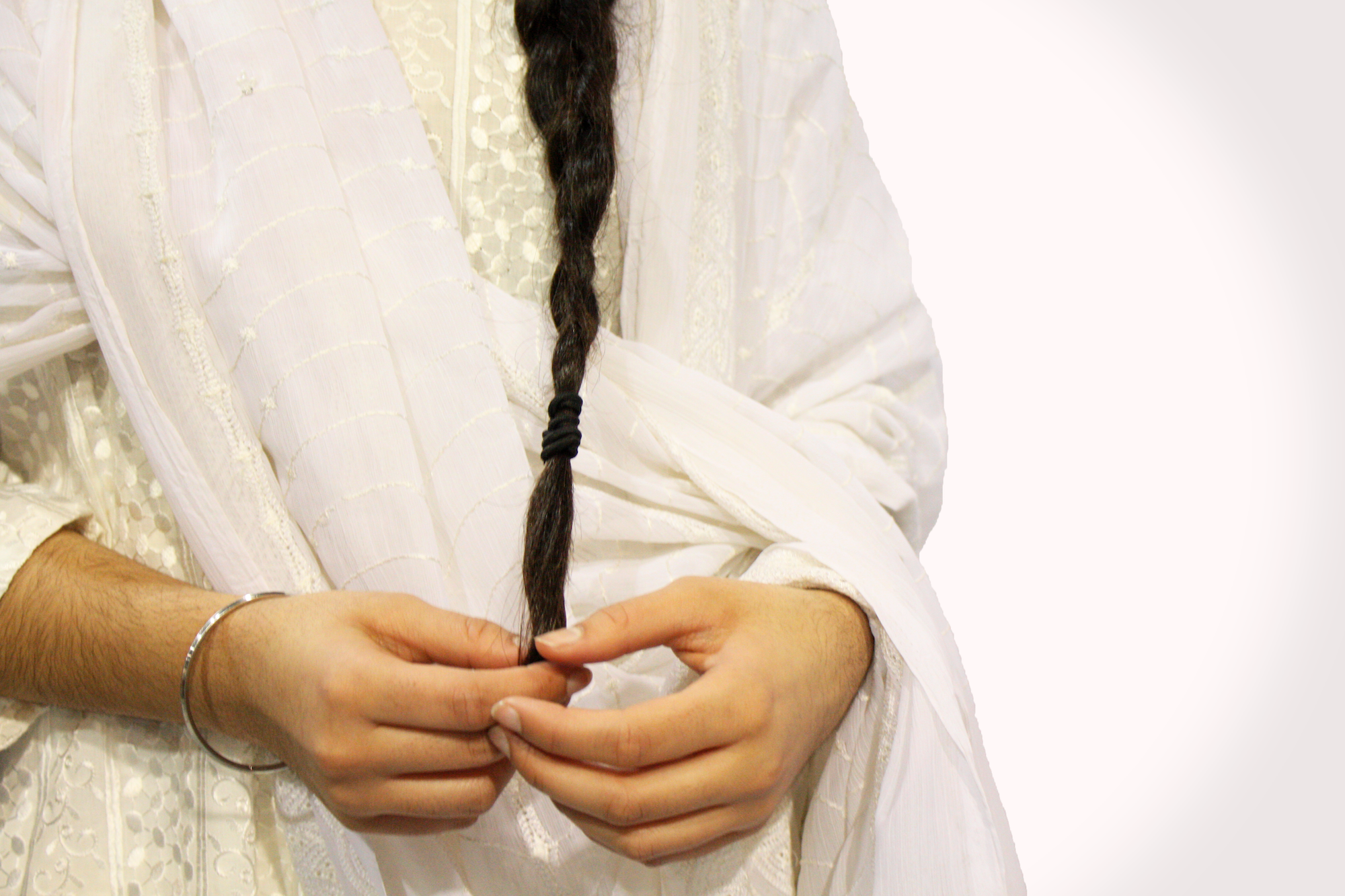
“When I was in third grade, I was eating lunch at the lunch tables with a group of friends around me and I had a long braid. This group of, like, five to seven girls came up behind me and one of them yanked my braid.
I turned around to see who grabbed my hair, and there was a group of girls and they were all laughing and mocking and teasing. I didn’t know how to react because this was the first time anyone had ever teased me because of my long hair. And it just made me feel really different from everyone else.”
“The challenges of coming from a different ethnic and religious background from those around me placed me in a position in which I was often criticized for my appearance. Nonetheless, Sikhi and its teachings enable me to wear my turban with pride and embrace the sacrifices of those before me. Being proud of who I am is connected back to the rich history I come from. Inheriting the stories of those voicing their opinions in the face of injustice and fighting for equality prompts my passion to maintain my Sikh identity and spiritual beliefs. Their sacrifices for our future and their determination to keep the Sikh identity alive are what spark my love for my community and people. Ultimately, I take joy in answering my peers' questions and explaining my Sikh identity, as it is my obligation to uphold the image the Gurus set out for us to have.”
“Coming from a Punjabi Sikh background, and living in a predominantly Caucasian town, I found that many people misunderstood my cultural and religious identity. In my history classes, teachers would explain Sikhi as a ‘mixture of Hinduism and Islam,’ and friends would often be confused by my family's long, uncut hair. I felt pressured to explain my religion in a few simple sentences and knew that a concise summary could not cover the complexities of Sikh values, practices, and spirituality. I recognized that, like my own heritage, the backgrounds of many people in the United States are often misunderstood simply due to a lack of education, leading me to major in anthropology in college.
As I've gotten older, I have learned to embrace my Sikh identity and use it as a foundation for many of my personal beliefs. Sikhi has taught me to be an advocate for all of humanity, a point emphasized by Guru Gobind Singh Ji's line, "Maanas ki jaat sabhe eke hai pehchanbo." The 10th Guru conveys the message that one must recognize all of humanity as one, and this idea about ultimate equality under Waheguru (God) has driven me to advocate for the rights and liberties of all people. From attending protests to participating in social justice organizations, these actions stemmed from the genuine Sikh beliefs of equality and concern for all of Waheguru's creations.”
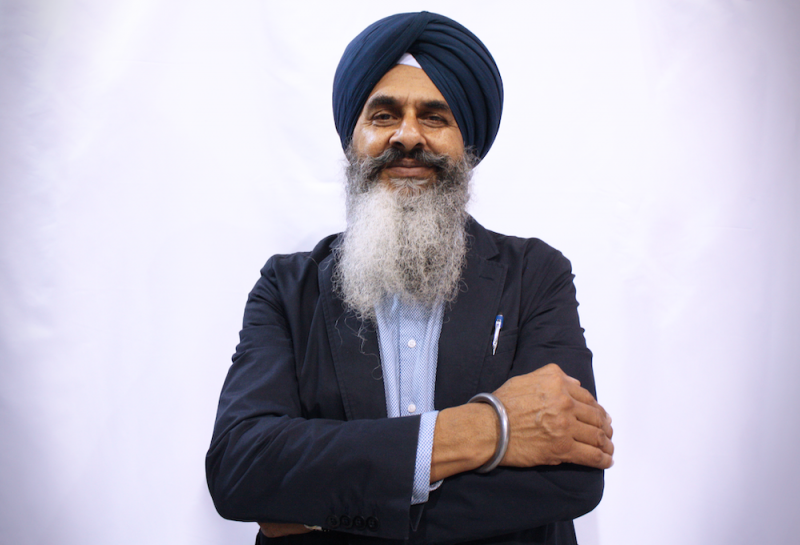
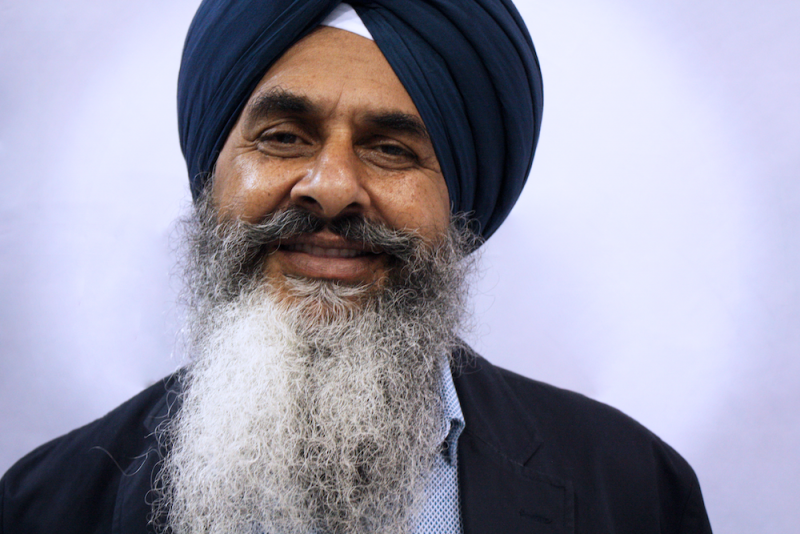
“When I was a teenager, I came to this country and I cut my hair. And the reason I cut my hair is because I wanted to blend in with people. But later on, I realized our identity is very, very important to us.
Whenever you have the Sikh identity that you’re wearing, you have to make sure your walk, your talk, and your behavior matches with it. I’m not saying you’re exempted from doing good things when you don’t have the Sikh identity. But when you have the Sikh identity, you have a higher responsibility to [do good].”
“My Sikh American story has mainly been balancing both identities.
I have struggled with either being American and not fitting in for being brown, and then coming into the brown community and being too whitewashed. So for me, my Sikh American story is balancing both — and appreciating Sikhi, my Punjabi culture, and the struggles that my parents went through for me to live my life here in America.”
“Growing up, I had always been the only turban-wearing Sikh American at my school, giving me a unique look and my own identity. In elementary and middle school, however, I faced many people who insulted me just based on my look by calling me a ‘terrorist’ and ‘Osama.’ This was all on the basis that I had brown skin, had facial hair, and wore a turban. It wasn't until high school where people began to ask questions about why I wore a turban. Hearing people ask me questions about myself and my religion always brought me joy because it gave me the opportunity to break any stereotypes that the other person may have thought.”
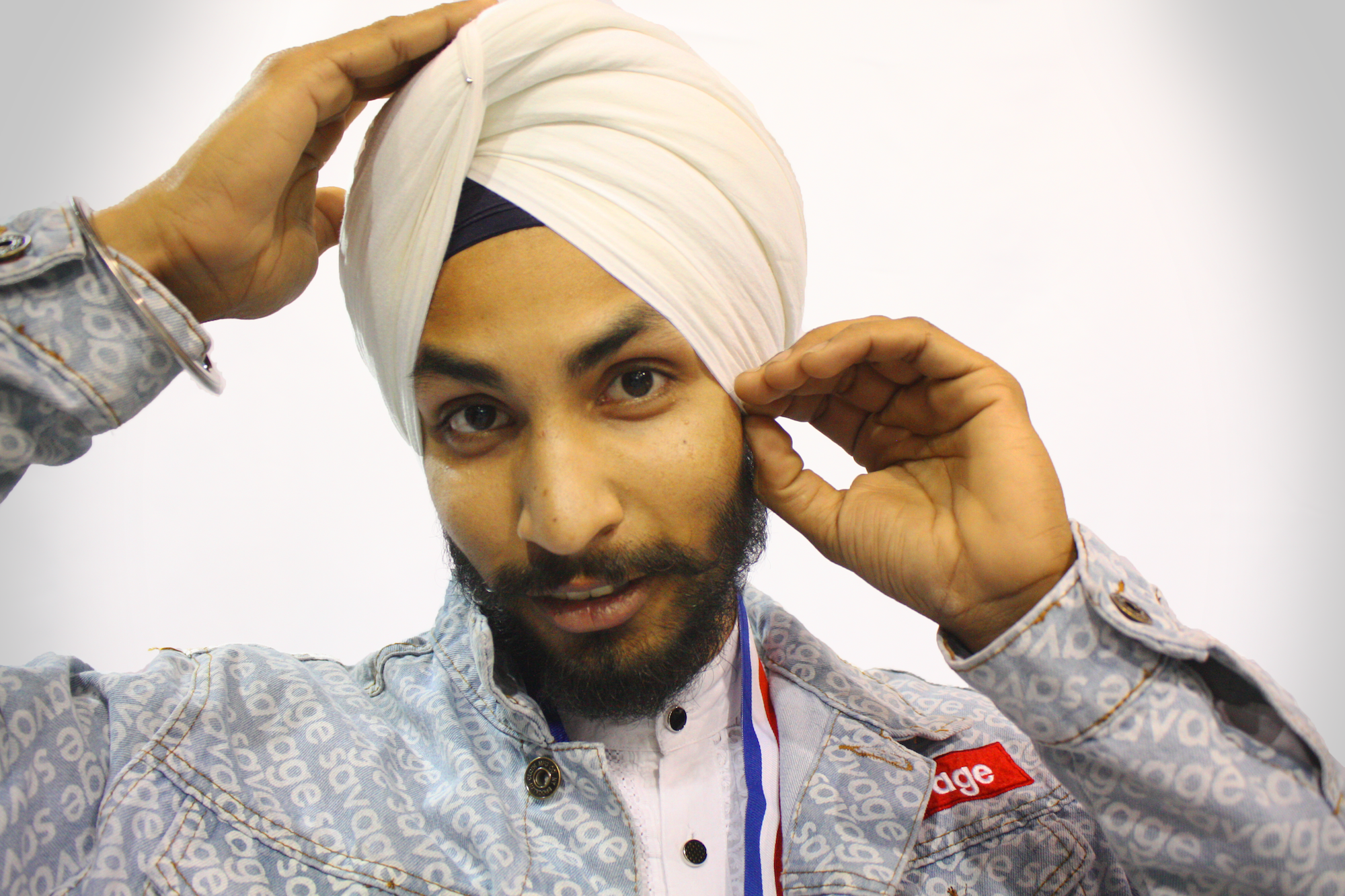
“I was born in Punjab, and I came here when I was 13. The biggest challenge when coming here was knowing English but not being able to put it in a sentence. But the language is not as difficult as when you’re here with a Sikh identity and people doubt you. People would call me different names like ‘apple head.’ By the time I was a senior, they kind of understood where I came from, how we do things, and that we have some faith and religion that we go by. And they were able to understand somewhat, but not to a point where they can fully be able to tell others what Sikhism is.”
“As a Sikh American woman, I take great honor and pride in my faith and heritage. The value of women's leadership in Sikhi has motivated me to act as an ambassador of the faith through small opportunities in my day-to-day life. I am constantly educating myself so that when I am approached with a question, I have a polished and quick answer ready to go.
I have chosen to invest my time in educating the community, especially those that already have an interest and curiosity. I have hosted gurdwara tours for community college students in their religious studies courses. By connecting with other South Asians in school and workplaces, I have been able to educate them on Sikhi and break the stereotypes that Bollywood media depicts of us. From my perspective this is seva.”
“As a Sikh American, the significant intersection between Sikh values and American values has served as the guiding light in the exploration of my identity. From serving others with compassion to promoting equality and justice, my identity has enabled me to positively impact my community with empathy and compassion.
I see the turban I proudly wear on my head as a testament to my commitment to upholding these shared ideals that have shaped me into who I am today. Living in America as a Sikh has given me countless opportunities and blessings, and I hope we can learn to celebrate our differences instead of using them to fuel fear and hostility.”
Got something to say about what you're reading? We value your feedback!